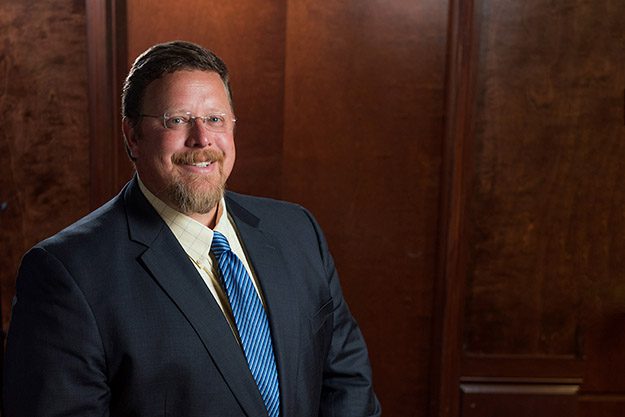Article
Resources
Article
Put Me in (a Bargaining Unit) Coach! - The NLRB Affirms Its Commitment to Treating Many Collegiate Athletes as Employees
Consistent with a continued expansion of statutory rights under the National Labor Relations Act ("NLRA"), the General Counsel of the National Labor Relations Board ("NLRB") confirmed her view that certain athletes at academic institutions are "statutory employees, who have the right to act collectively to improve their terms and conditions of employment." In her memorandum, Jennifer Abruzzo (who just prior to her appointment, worked for the Communications Workers of America union), acknowledged the legal landscape for collegiate athletes has significantly changed in recent years, most notably the US Supreme Court's decision that college athletes may receive compensation for the use of their name, image, and likeness.
The General Counsel's memo built out the logic contained in an early 2017 memorandum from the NLRB which opined that football players at private universities that compete at the NCAA's highest level were employees. Despite that recognition, the NLRB declined to intervene in a specific case involving Northwestern University. One likely reason for the refusal to intervene in the Northwestern situation was because the NLRB would not have had jurisdiction over the Big Ten Conference or the other Big Ten schools (all of which were public schools and beyond the NLRB's jurisdiction).
In her memorandum, the General Counsel suggested that either the NCAA or an athletic conference may be a "joint employer" with the college or university. If so determined, this would open up the door to the NLRB exercising jurisdiction over an entire collegiate athletic conference, even though some or even most of the conference schools were public schools. Such an extension might lead to the very real possibility of the following scenario: a union organizes the football players at a private school (think Northwestern); the NLRB determines that because the conference controls college athletes' schedules, eligibility, etc., the conference is determined to be the co-employer of the athlete (think the Big Ten); and therefore the union now representing the football players may bargain with both Northwestern and the Big Ten, much the same way as multi-employer bargaining is conducted in the NFL, MLB, NBA and NHL.
Finally, the General Counsel laid the groundwork for a new area of focus by the NLRB. She warned that simply classifying and referring to collegiate athletes as "student-athletes" could lead those players to believe that they are not employees, misapprehend that they have no rights under the NLRA, chill those players in the exercise of their rights under the NLRA, and therefore trigger an independent violation of the NLRA.
Colleges, universities and college athletic conferences should consult with their labor lawyer to prepare for what will be a very dynamic next few years in college athletics.


